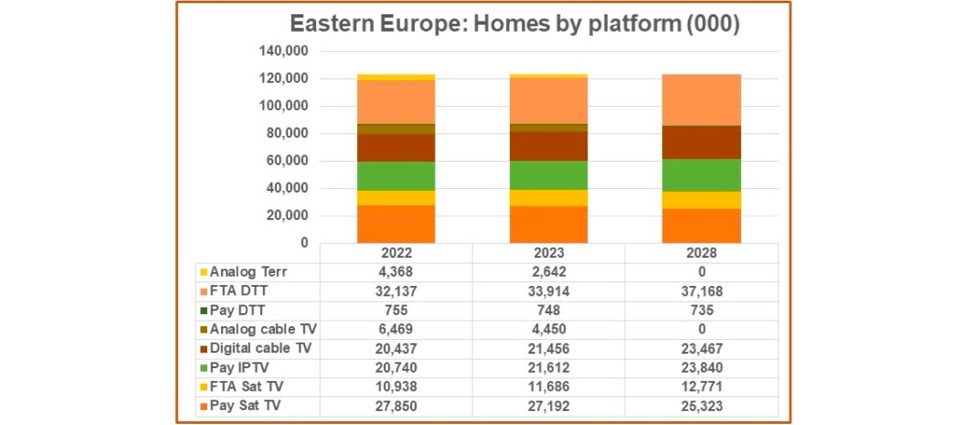DVB-I shows promise for future television distribution in Germany
Germany’s DVB-I pilot is to enter a second phase, according to Christian Klöckner, Technology & Innovation Engineer at WDR, Cologne.
As previously reported in Broadband TV News, the Pilot group published its conclusions at the end of May.
In an article for EBU tech-i magazine, Klöckner said the earlier trial had identified a need for an organisation that would validate broadcaster lists according to the DVB-I standard and to provide regional updates. In Germany this could be achieved through the public value lists provided by the German Media Authorities, but that was also a need to classify offers not included in the public value list.
Support for the classification of packages needing digital rights management (DRM) is now being addressed by the DVB Project and HbbTV Association after the successful demonstration of the technology.
It is also hoped that smart TV sets might be able to be made DVB-I compatible with a suitable update.
Currently, there is one device manufacturer with a very extensive DVB-I implementation and regular updates. Others offer partial implementations or are monitoring the pilot and implementing developments in their own R&D departments.
The German DVB-I Pilot was designed as a joint approach involving TV sets manufacturers Tand software as well as private and public media companies. The first phase achieved two main goals: to collaborate on a future-proof television experience combining multiple broadcast and OTT sources and to gather insight for a possible launch of DVB-I services.
Key features of DVB-I include structured service lists which enable a harmonised user interface, low latency streaming and options for additional services. DVB-I streams can also be combined with conventional broadcast over satellite, cable and terrestrial to provide a hybrid experience.




